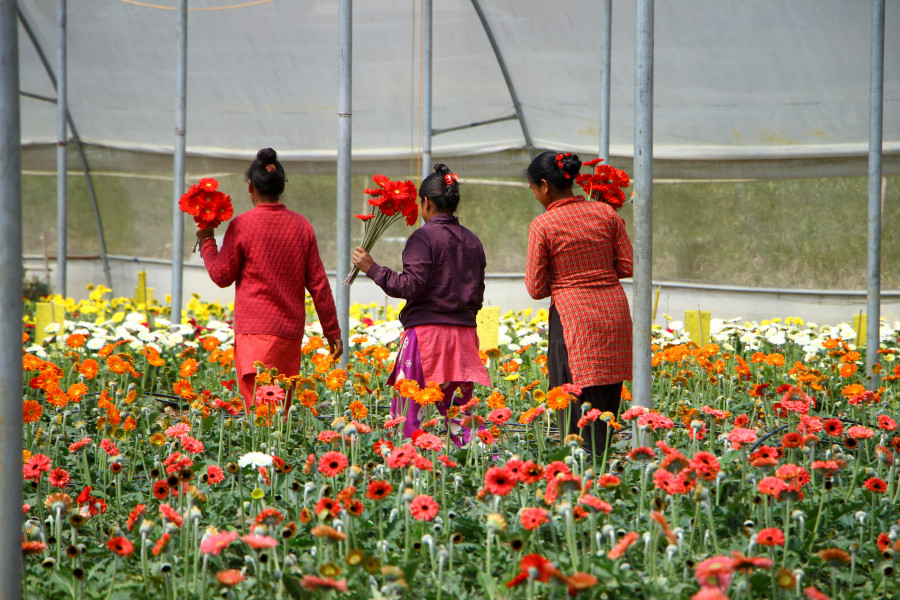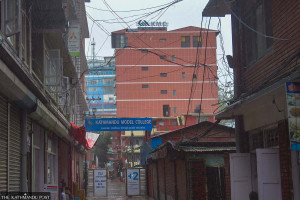Money
Cultivation of cut flowers gains popularity in Nepal
Farmers are gradually getting attracted to the cultivation of cut flowers as demand for flowers continues to soar both domestically and overseas. Cut flowers are flowers that have been cut from the main plant to be used as decoration.
Krishana Prasain
Farmers are gradually getting attracted to the cultivation of cut flowers as demand for flowers continues to soar both domestically and overseas. Cut flowers are flowers that have been cut from the main plant to be used as decoration.
However, farmers face a myriad of problems such as absence of land leasing policy for consolidated farming, hassles in getting a bank loan and the lack of support from the government. This is holding back the industry from fully taking off, said farmers and entrepreneurs.
Of the total flower varieties produced in the country, cut flowers generate Rs2 billion in annual sales, which has the potential to grow by leaps and bounds if the government actually bothered to prioritise its sales, they said, adding, it could also help in reducing the country’s ballooning trade deficit.
Nepal has huge export potential for cut flower due to different geographical terrain with suitable climate available here. Pandab Shrestha, owner of Srijana Cut Flower exported flowers to Korea and Japan as an experiment.
“The demand for cut flowers surprised me, nearly 50,000 sticks per week,” he said. His flower farm is capable of producing around 5,000 sticks of cut flower daily.
Sherestha who has been in the floriculture business for over two decades started developing his cut flower business 11 years ago in Ramkot, Kathmandu. His farm is capable of producing 2,000 gerbera, 2,000 rose, 500 carnations sticks daily on average. The average wholesale price of cut flower is Rs8-16.
He has two cut flower farms—one spread across 22 ropanies of land and another on 20 ropanies of land. He has invested over Rs20 million on his farms. His farms produce rose, carnation, gerbera, gypsy, limonium including seasonal flowers.
Shrestha said that the demand of cut flower is not limited to just the Valley. He has been supplying flowers to Pokhara, Chitwan, Dharan and other cities.
The use of cut flower has increased in recent years. Such flowers are primarily being used for decoration on auspicious occasions. In addition, the demand of rose and carnation increases ahead of special occasions like marriage and Valentine’s Day, said Shrestha.
As there is no tissue culture system in the country, gerbera and carnation plants are imported from India. Gerbera cost Rs110 per plant, carnation Rs25 and gypsy 110, limonium Rs110, rose Rs250 with all plants imported from India.
Domestic flower production decreases significantly during winter and the country imports 75 percent of flowers from India to meet the shortfall, said entrepreneurs.
To produce flowers in winter, Shrestha is searching for a location outside the Valley in nearby districts.
Bir Krishna Shrestha, who has been in the flower business for 6 years, has planted 30,000 rose including other cut flowers on 23 ropanies of land in Ramkot. His company, Bira Cut Flower, produces 8,000-10,000 sticks a day during blooming season. He has been importing rose plant from India.




 22.7°C Kathmandu
22.7°C Kathmandu

















